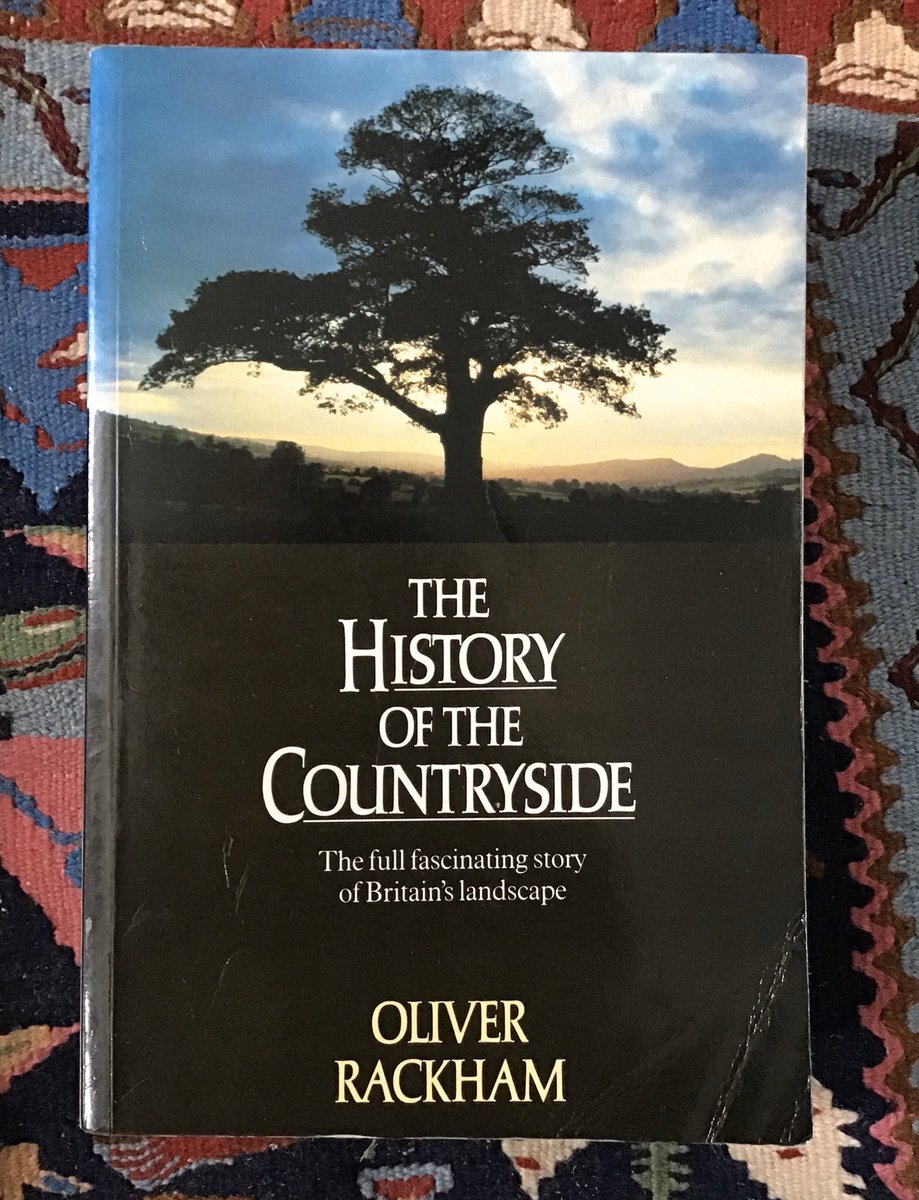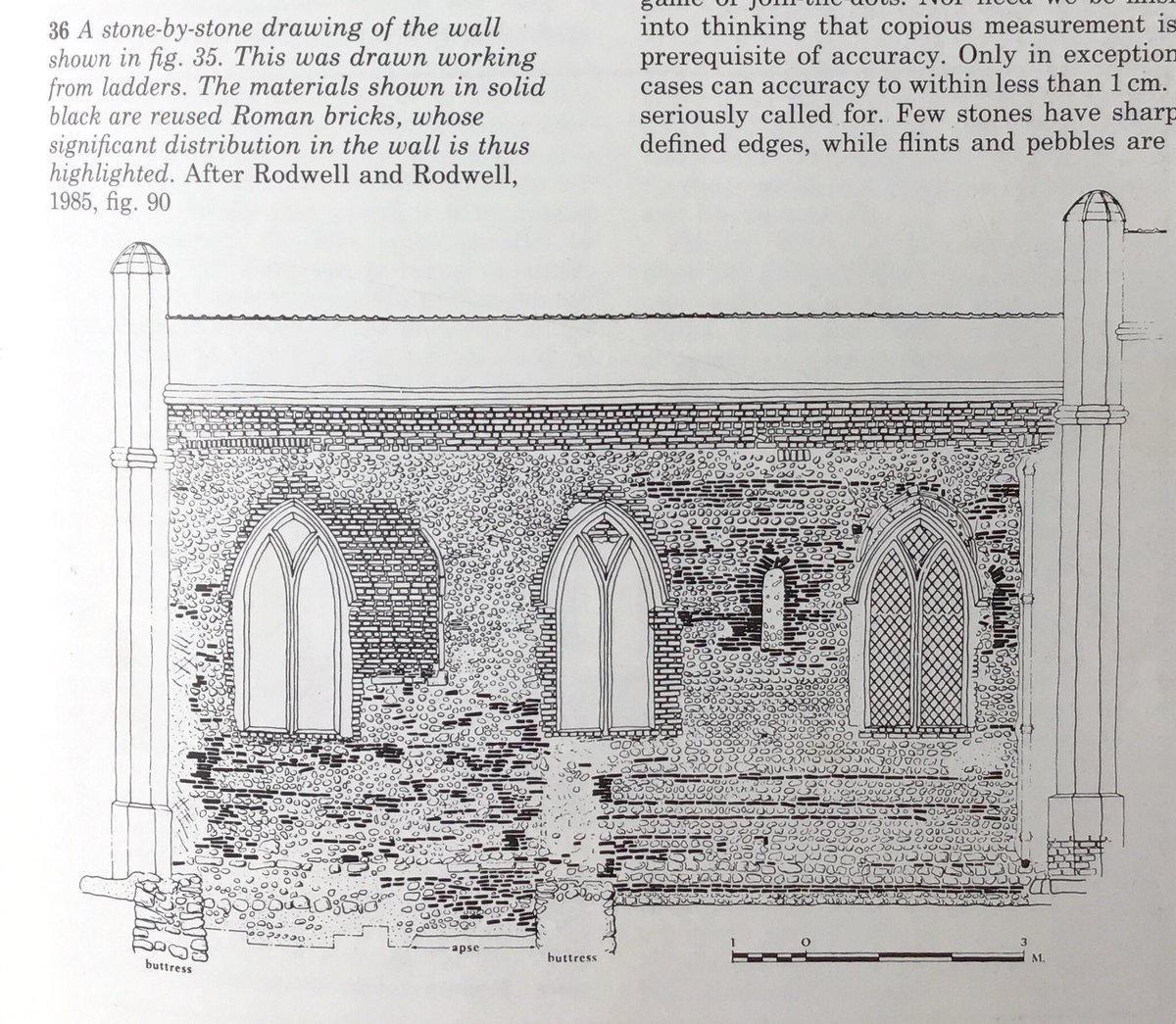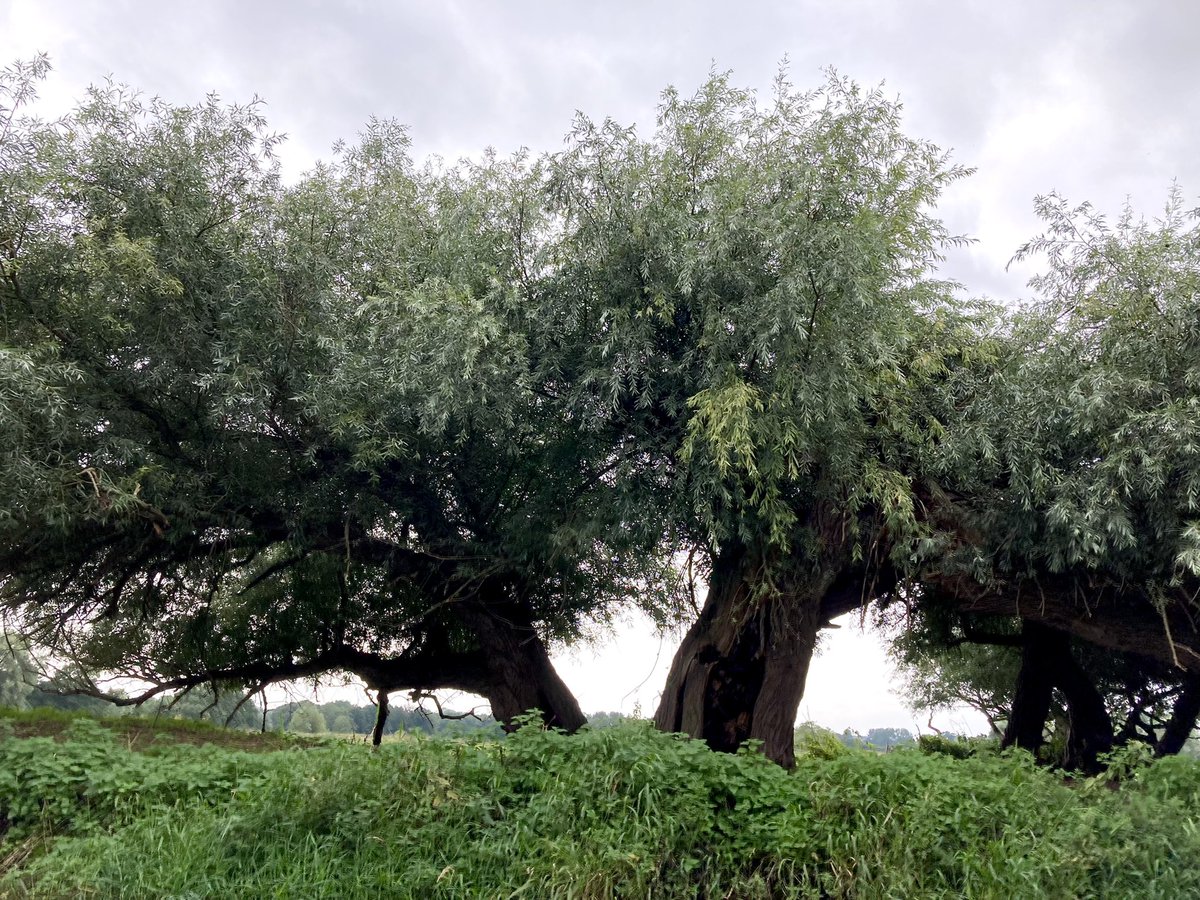THREAD. Whether poring over old/modern maps or going for a walk in new/familiar places it’s always fun to wonder what the landscape we see today was like in the past & why/how it became the world we know today. Here are my #Top10Books for beginners in #medieval #landscape history 

No. 1 is Christopher Taylor’s beautifully written, highly readable history of the English landscape - ahead of its time in 1983, still the best introduction today & quite ridiculously cheap secondhand. It far surpasses Hoskins, wonderful though the latter was in its time. 



No. 2 is Rackham environmental history of Britain - also still unrivalled after just over 30 years. He showed how much one can tell about the past and present just by looking at trees, hedges, fields, grassland. It’s a stunner. Your world will never be the same (in a good way 😊) 



No. 3 (ok, so I cheated - too many wonderful books!) are air photos and what they show. ‘Medieval England’ was the 1st for the period, & has been followed by regional studies of which @Toby_Driver1’s stunning images & explanations for Pembrokeshire is just 🥇🏆🥇🏆🥇 

(Break for lunch 🍞🧀☕️)
No. 4 are these 2. Morris’ tells the story *through the landscape* of the continuous practice of Christianity in Britain from the Roman period onwards. Rodwell shows how looking at the kinds of stones in #church walls, & their patterning, can rewrite the history of the building. 





No. 5 are for people who wonder abt road signs, & place, street & field names 🤔. Gelling’s ‘Signposts..’, while dated, is still (I believe) the best history of #placenames. Her ‘Landscape of .. ‘ shows what people saw when named a place, & Field’s book is the best general intro. 



No. 6 changed landscape history - Taylor showed that ruined gardens of all periods lie all around us just waiting to be noticed & interpreted. His bk led to the development of #garden #history as a discipline. Shire vols are excellent: short, v readable, & written by *the* expert 



No. 7 features D Hall’s amazing book on medieval open fields in England - I learned so much from it. Use it in your own landscapes! Taylor’s book tells the history of English fields in all periods & how they too can be recognised on the ground and from maps. 🙌🙌🙌 



No. 8 is a fast fav - the story of the discovery of deserted medieval villages from humps & bumps on the ground, & how the history of those places can be found in old maps & documents. Lyrical & readable, & absolutely scholarly - a book for sheer pleasure. dmv.hull.ac.uk 



9. Each entry in No. 9 is a master class in how to read the landscape. They’re for dipping into rather than reading from cover to cover. The Sectional Prefaces explore the history of buildings, churches, archaeology; & site descriptions show what to look for in your own landscape 



9a. AND these volumes are available online! british-history.ac.uk/search/series/…. How lucky can one be.
If you’re interested in exploring whether a site was affected by (eg) the Black Death, depopulation by a landowner, or by a Great Depression, this is the book for you. It’s so well-written, so clear in its evaluation of different interpretations - an essential book. 



• • •
Missing some Tweet in this thread? You can try to
force a refresh














